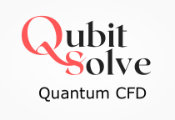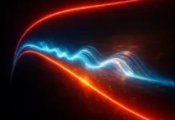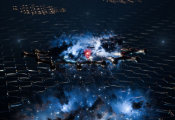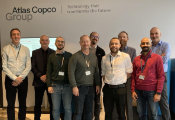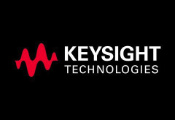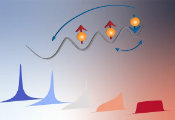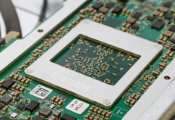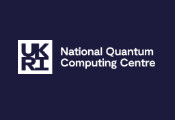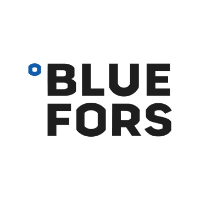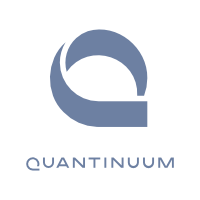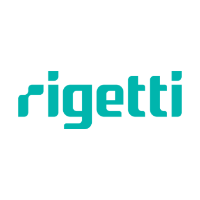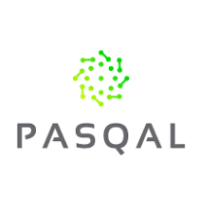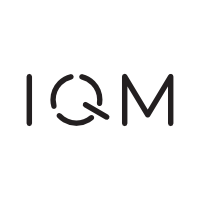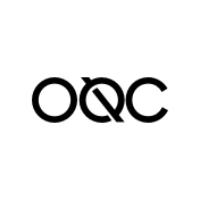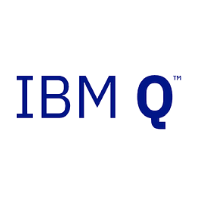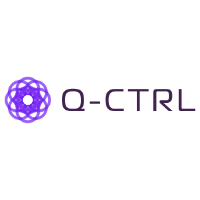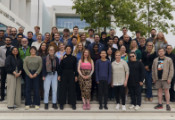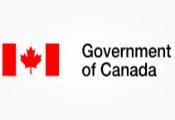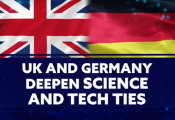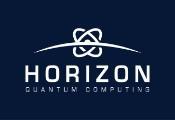Proposed New Route to Sharper Imaging Using Quantum Interference
May 14, 2025 -- A new study from the University of Portsmouth has outlined a possible way to improve how we distinguish between two closely spaced light sources, an issue that has long challenged classical imaging systems.
The approach, published in Physical Review Applied, uses principles from quantum physics to estimate small separations between light-emitting objects, with potential future applications in fields like microscopy, astronomy, and remote sensing.
The research suggests that a relatively simple quantum set-up could be used to extract spatial information that is traditionally limited by the so-called Rayleigh criterion - a rule dating back over a century that defines the limits of classical resolution.
Study Principal Investigator and co-author Professor Vincenzo Tamma, Director of the University of Portsmouth’s Quantum Science and Technology Hub, said: “This study shows that it is theoretically possible to achieve super-resolution in estimating the transverse distance between two faint distant thermal sources by measuring the interference at a beam splitter between a photon emitted by either one of them and a reference photon prepared in the laboratory.
“While the idea is not yet tested experimentally, our results show it could be implemented efficiently with current technologies without the need of complex optics.”
The method relies on observing the two-photon interference with two cameras at the the output channels of the beam splitter which resolve the detection position in the far field . By analysing how they are registered - either in the same or different camera and at which position - scientists can measure the distance between two unresolved sources of light. According to the team, this works even when the separation between the sources is too small for traditional imaging methods to resolve.
The precision claims are based on simulations and theoretical modelling. The research assumes ideal conditions and does not yet account for practical sources of noise, photon losses, or imperfections that would be encountered in a lab or field setting.
However, the simplicity of the proposed set-up, which avoids the need for complex optical components, makes it a promising candidate for experiments.
“This could lead to an efficient way to enhance resolution in imaging objects beyond the classical limit” said Professor Tamma.
“This could be a simpler way to get sharper images, if it works out in practice,” said Professor Tamma. “But we still need to test how well the method holds up outside of ideal lab conditions.”
The study was supported by the US Air Force Office of Scientific Research and contributes to the broader work of the University of Portsmouth’s Quantum Science and Technology Hub (QSTH), which explores how quantum theory can be applied to problems in sensing, imaging, and computation.
The QSTH has worked with several partners worldwide - including numerous academic institutions and industries, such as IBM and space quantum technology company, Xairos - to achieve a deeper understanding of quantum science, develop novel quantum technologies, and to boost the industrial use of quantum technologies at the crossover between different disciplines.
The research hub has also contributed to the excellent UoP Excellence Framework 2021 results for Physics, ranking Portsmouth as the 6th out of 44 institutions in Physics across the UK and the top modern university.

